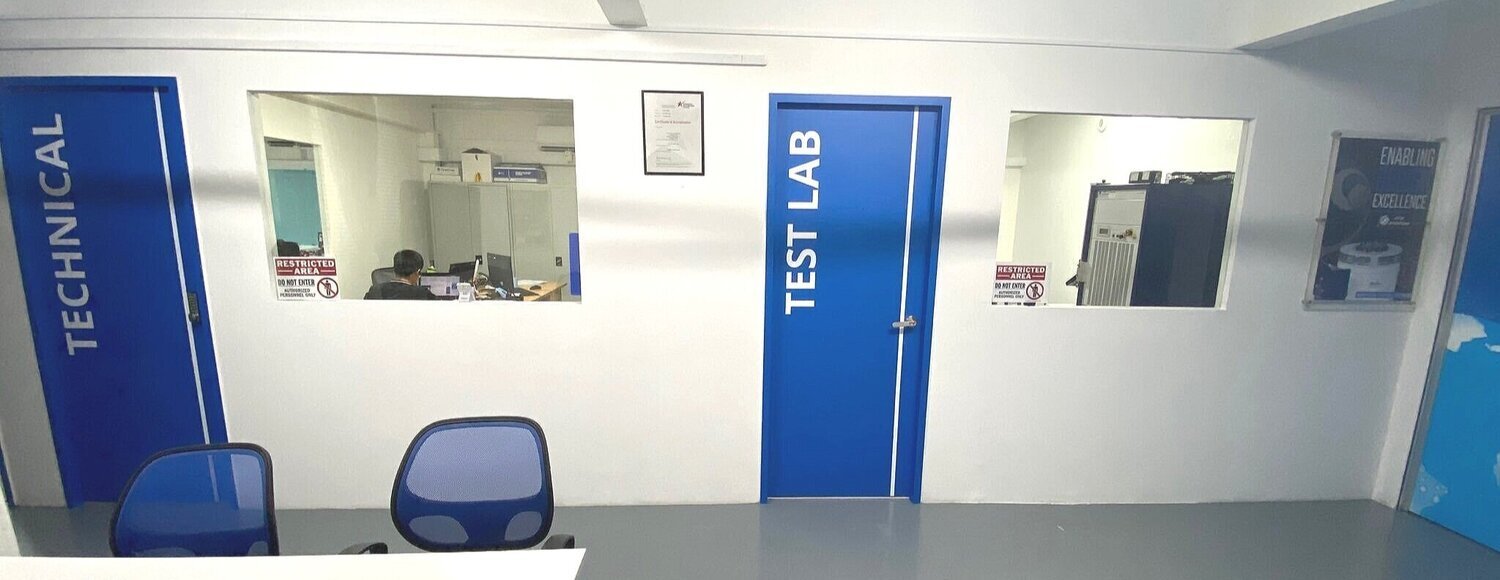How to Effectively Test a Vibration Accelerometer Sensor
Vibration accelerometer sensors play a crucial role in a wide range of applications, from monitoring machinery health to enhancing the performance of consumer electronics. Ensuring these sensors function accurately is vital for reliable data collection and analysis. This article delves into the effective methods for testing a vibration accelerometer sensor, helping you ensure optimal performance and accuracy.
Understanding Vibration Accelerometer Sensors
Before diving into the testing procedures, it's important to understand what vibration accelerometer sensors are and their role. These sensors measure the acceleration of an object, providing valuable data on its movement and vibration. They are commonly used in industries such as automotive, aerospace, and manufacturing to monitor equipment health, detect anomalies, and improve performance.
Key Testing Methods for Vibration Accelerometer Sensors
To guarantee the accuracy and reliability of vibration accelerometer sensors, various testing methods can be employed. Each method serves a specific purpose and can be chosen based on the application requirements.
1. Static Calibration
Static calibration is the first step in testing an accelerometer sensor. This process involves placing the sensor in a controlled environment where it is subjected to known static forces. By comparing the sensor's output to the expected results, you can verify its accuracy. Static calibration helps identify any deviations or biases in the sensor's measurements.
Steps for Static Calibration:
Place the sensor on a flat, stable surface.
Apply a known static force (e.g., gravitational force).
Measure the sensor’s output and compare it to the expected value.
Adjust the sensor's settings if necessary to correct any discrepancies.
2. Dynamic Calibration
Dynamic calibration involves subjecting the sensor to known dynamic forces or vibrations. This method is crucial for applications where the sensor will experience varying acceleration levels. Dynamic calibration ensures that the sensor accurately measures and responds to these changes.
Steps for Dynamic Calibration:
Mount the sensor on a vibration table or shaker.
Apply known vibration frequencies and amplitudes.
Record the sensor’s output and compare it to the expected results.
Adjust the sensor’s settings to ensure accurate measurements.
3. Cross-Axis Sensitivity Testing
Cross-axis sensitivity refers to the sensor's ability to measure acceleration in one axis without being influenced by accelerations in other axes. Testing for cross-axis sensitivity ensures that the sensor provides accurate data even when subjected to multi-directional forces.
Steps for Cross-Axis Sensitivity Testing:
Mount the sensor in different orientations on a vibration table.
Apply vibrations in one axis while monitoring the sensor’s output in other axes.
Verify that the sensor's measurements in the non-primary axes remain minimal.
Adjust the sensor or use compensation techniques if necessary.
4. Frequency Response Testing
Frequency response testing evaluates the sensor's performance across a range of frequencies. This is important for applications where the sensor needs to accurately measure vibrations at various frequencies.
Steps for Frequency Response Testing:
Place the sensor on a vibration table capable of generating a range of frequencies.
Apply vibrations at different frequencies and record the sensor’s output.
Compare the output to the expected frequency response.
Identify any anomalies or deviations and make necessary adjustments.
5. Temperature Testing
Temperature variations can affect the accuracy of accelerometer sensors. Temperature testing ensures that the sensor performs reliably across a range of temperatures, which is crucial for applications in varying environmental conditions.
Steps for Temperature Testing:
Place the sensor in an environmental chamber.
Expose the sensor to different temperatures, both high and low.
Measure the sensor’s output at each temperature.
Identify any temperature-related deviations and apply compensation techniques if needed.
Best Practices for Testing Vibration Accelerometer Sensors
To ensure effective testing and accurate results, it is essential to follow best practices during the testing process.
1. Use High-Quality Calibration Equipment
Using high-quality and well-maintained calibration equipment is critical for accurate testing. Ensure that the vibration tables, shakers, and environmental chambers are regularly calibrated and maintained.
2. Follow Manufacturer Guidelines
Always refer to the manufacturer’s guidelines for specific testing procedures and calibration methods. Each sensor model may have unique requirements, and following these guidelines ensures accurate and reliable results.
3. Document Testing Procedures
Thoroughly document the testing procedures, including the setup, applied forces or vibrations, and recorded measurements. This documentation is valuable for future reference and troubleshooting.
4. Perform Regular Testing
Regular testing and calibration are essential to maintain the accuracy and reliability of vibration accelerometer sensors. Establish a routine testing schedule based on the application and operational conditions.
Partnering with AscendTech for Expert Sensor Testing
For businesses and industries relying on accurate vibration accelerometer sensors, partnering with an expert provider like AscendTech offers significant advantages. AscendTech provides comprehensive testing and calibration services, ensuring your sensors meet the highest standards of accuracy and reliability.
Benefits of Partnering with AscendTech:
Expertise and Experience: AscendTech’s team of experts has extensive experience in sensor testing and calibration, ensuring precise and reliable results.
State-of-the-Art Facilities: Equipped with advanced testing and calibration equipment, AscendTech can perform a wide range of tests and calibrations to ensure your sensors’ performance.
Customized Solutions: AscendTech offers tailored testing and calibration solutions to meet the specific needs of your applications.
Comprehensive Support: Beyond testing, AscendTech provides ongoing support and maintenance services to ensure your sensors remain accurate and reliable over time.
Ensuring the accuracy and reliability of vibration accelerometer sensors is crucial for various applications across industries. By employing effective testing methods such as static and dynamic calibration, cross-axis sensitivity testing, frequency response testing, and temperature testing, you can guarantee optimal sensor performance.
Partnering with AscendTech further enhances your testing capabilities, providing expert services and support to maintain sensor accuracy and reliability. Explore AscendTech's offerings to ensure your vibration accelerometer sensors deliver precise and dependable results in all conditions.
How Can We Help You?
Interested in our Testing & Calibration services? Send us your inquiry via the Testing & Calibration Lab Form and we will be pleased to help you.


